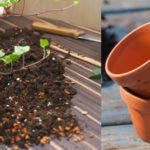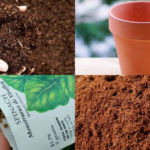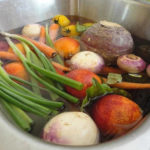Combining rice washing water with yeast powder, a common ingredient used in baking, can have powerful effects and solve many household problems. Here are some benefits of adding yeast powder to rice washing water:
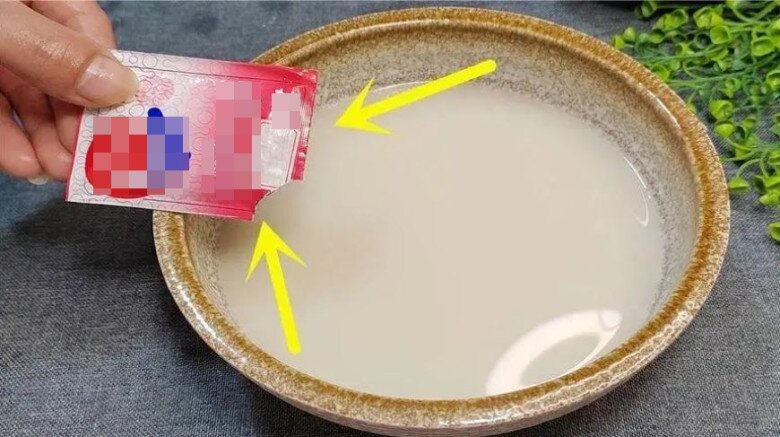
1. Use it as fertilizer for flowers and potted plants
Rice washing water contains a high amount of nitrogen, which can promote plant growth, keep leaves green, and prolong flowering. However, it is not advisable to pour rice washing water directly into the flowerpot. It needs to be fermented first.
Pouring rice washing water directly into the flowerpot will cause the water to ferment in the soil, generating heat and carbon dioxide, which can burn the roots. As a result, the leaves will turn yellow and wither, hindering the plant’s growth.
Typically, it takes about two weeks to a month (depending on the ambient temperature) for the rice washing water to fully ferment. To speed up the fermentation process, you can add a small amount of yeast powder, stir well, and then pour it into a plastic bottle or a container with a lid.
Additionally, you can add chopped orange or pomelo peels to the rice washing water to ferment together. This method will help eliminate the unpleasant odor that occurs during the fermentation process.
After about a week, the fermented rice washing water is ready to use. Similar to regular watering, it is essential to dilute the fermented rice washing water with a ratio of 1:10 to avoid root burn.
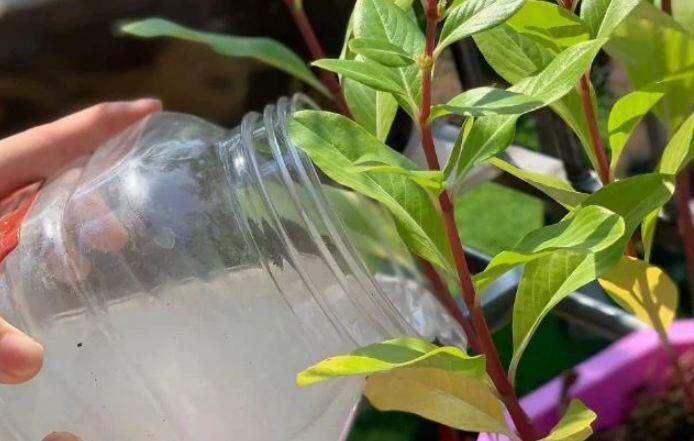
2. Clean greasy stains
The kitchen is a place for cooking, and grease can easily splatter everywhere. If not cleaned promptly, it can accumulate into thick and stubborn stains, providing an ideal breeding ground for bacteria and attracting flies, mosquitoes, and other insects.
These greasy stains can be challenging to remove, but a solution of rice washing water combined with yeast powder and baking soda can do the trick. Add one packet of yeast powder and one spoonful of baking soda to the rice washing water, stir well, and pour the mixture into a spray bottle.
The starch in the rice washing water has a strong oil-absorbing capacity and excellent cleaning properties. Yeast powder can ferment bacteria in the water, effectively removing greasy stains.
Moreover, baking soda is known for its disinfecting properties. Mixing these three ingredients creates an effective solution to eliminate greasy stains in the kitchen.
After each cooking session, spray this solution on walls, countertops, range hoods, and other greasy areas. Then, use a clean cloth to wipe everything down, leaving your kitchen clean and grease-free.
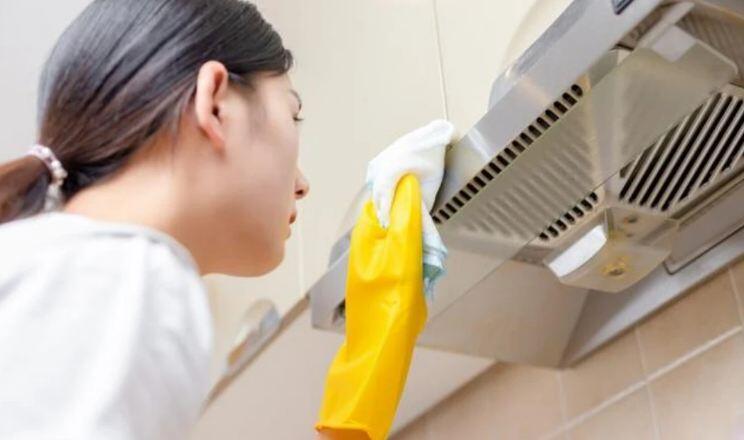
3. Moisturize your hands
Add yeast powder to the rice washing water and stir well. If you have honey at home, you can add a spoonful of it to the mixture as well. Why is this beneficial?
We know that household chores, such as laundry and dishwashing, can make our hands rough and dry. The vitamins, amino acids, and other nutrients present in rice washing water and yeast powder, combined with the moisturizing properties of honey, can make your hands softer and smoother.
Soak your hands and feet in this solution for about a week, and you’ll notice a significant difference.
“The Ultimate Guide to Growing and Caring for Peace Lilies: Purify Your Air and Beautify Your Space”
Introducing the Ever-Reliable, Ever-Vibrant, Everlasting: English Ivy!
The English Ivy is an exquisite houseplant that adds a touch of elegance to any indoor space. With its lush, vibrant foliage and effortless charm, it’s no wonder that this evergreen vine has captured the hearts of many. But beyond its aesthetic appeal, the English Ivy is a resilient and low-maintenance companion, making it the perfect choice for those seeking to bring a little greenery indoors. So, get ready to be enchanted as we unravel the simple steps to cultivating your very own English Ivy and bringing a touch of everlasting beauty into your home!
The Best Watering Techniques for Healthy Plants: Avoid These 3 Common Mistakes
Are you an avid gardener or a nature enthusiast? Well, listen up! There are three types of water that you should never use to quench your precious plants’ thirst. Yes, you heard that right! Using these waters can lead to wilting and discolored leaves, and eventually, the demise of your beloved greenery. So, pay heed and avoid these common mistakes that many gardeners make.


























